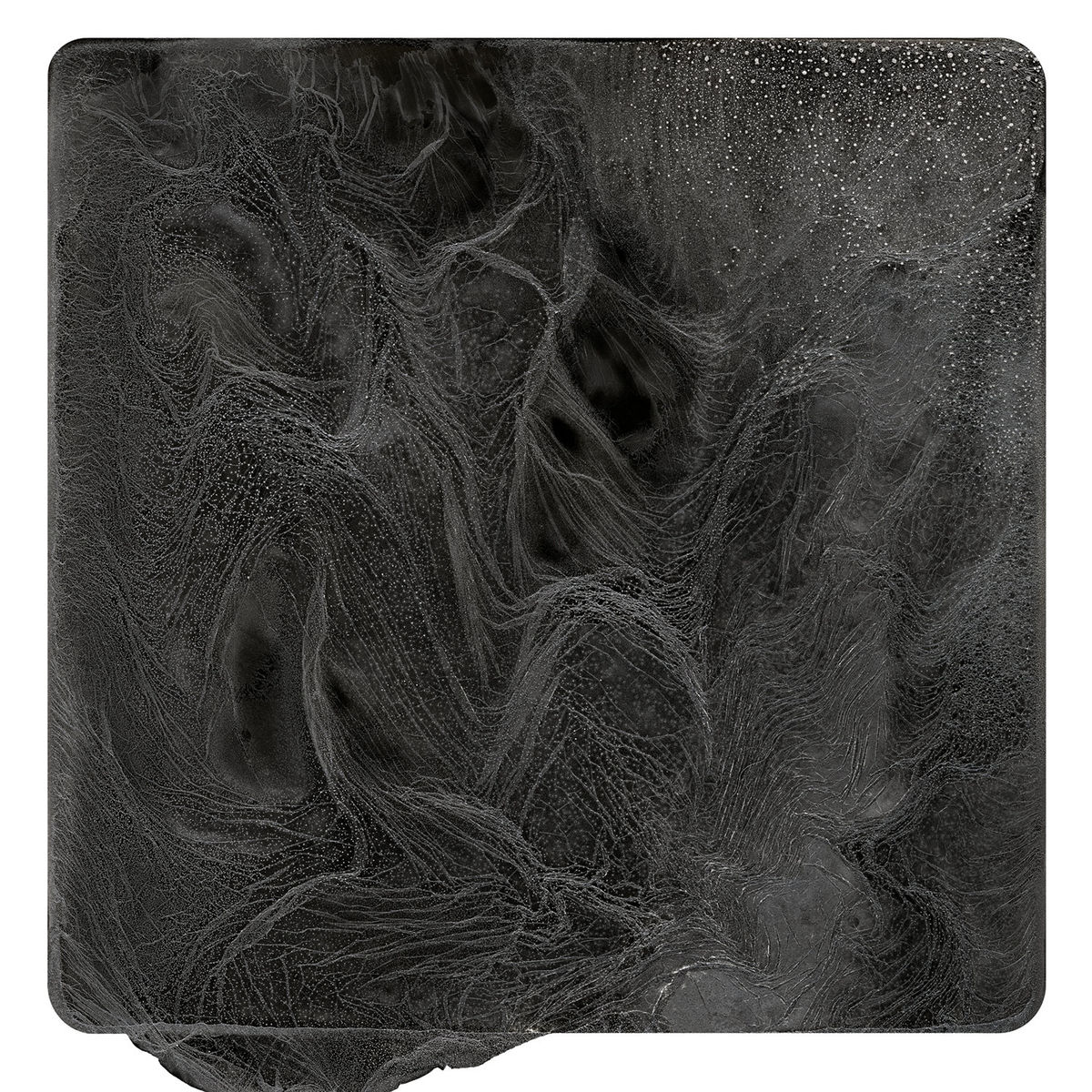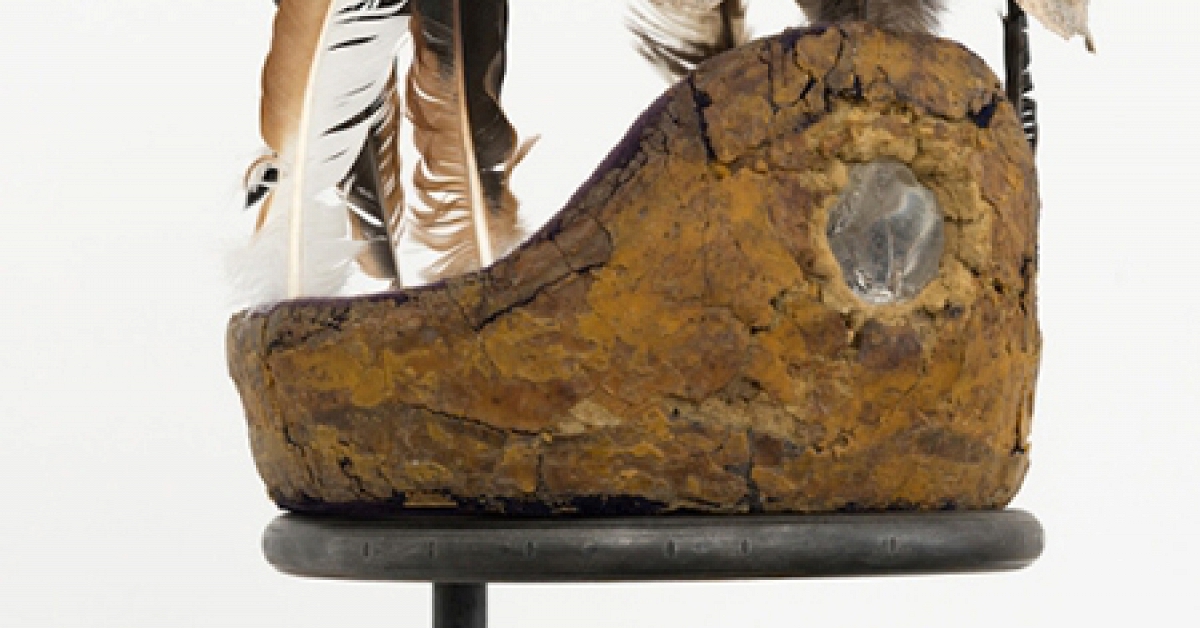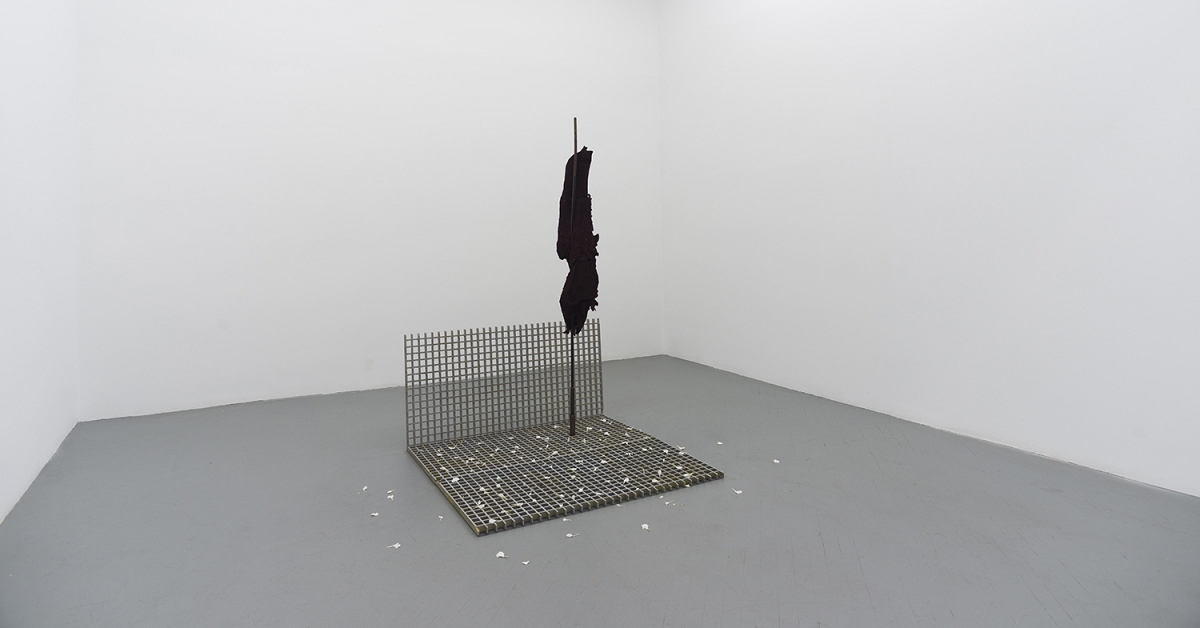Becoming Familiar with Unfamiliar Again: Contemporary Women Abstractionists at the Newcomb Museum
NolaVie / Sep 15, 2017 / by Lillian Alford Patterson / Go to Original

As I wandered through the bright gallery space at the Newcomb Museum, taking in the many colors, shapes, curves and lines of the seven female abstract artists featured in Unfamiliar Again: Contemporary Women Abstractionists, a quote I had read many years ago came to mind.
“Energy and motion made visible—memories arrested in space.”
Jackson Pollack said that of his own slashing lines.
The shapes and lines of these seven female abstractionists don’t have the same kinetic energy, but rather a smoother, calmer, kinder approach. While there is nothing overtly visually thematic about the show, there is a feel to each of these works that allow them to complement one another.
Curator of Unfamiliar Again and Museum Director, Mónica Ramírez-Montagut, found a more subtle thread that ties these artists together, “…the artists in this exhibition explore new ways of abstraction based on experimental, process oriented methods. The exhibition examines the artists’ process used to defamiliarize common imagery. Their works preclude figurative recognition or easy comprehension. Their methods are nuanced, time intensive, and often drawn from unlikely sources,” Ramírez-Montagut says. These unlikely sources can range from “DIY: YouTube videos and Photoshop errors to digital distorters, smart phone apps, and manipulated or synthetic materials such as scanned iridescent paper and faux-suede finishes.
These women, like Pollack, are manipulating materials, and similarly to his own work, they are fully in control. There are no accidents in these pieces.
The approaches of these artists vary. However, I noticed as I walked from one painting to the next that each one uses a focal point to draw the eye toward the work. It is not until the viewer comes closer that the extreme detail becomes evident.
Amy Ellingson’s enormous piece, Interactions & Assertions is certainly the first thing that catches the eye. Mounted directly in front of the entrance to the main gallery, it stretches across the back wall. At first glance, the piece appears to be many amoebas’ shapes in a multitude of colors. Reds, teals, purples, pinks, blacks, and blues all set against backdrop.
On closer in inspection, I found that this painting has twin or rather, is just one of two parts. Positioned on a raised platform directly in front of the mounted painting are three-dimensional reflections of the shapes on the painting. It is as a mirror image. Ellingson sees the repetition as “a language of pure abstraction.” Her work does not have the same flowing lines and natural quality of some of the other artists in this show, but it demonstrates to us the complexity of translating the simple geometric experience. It is a modern view on abstraction, one that Ellingson embraces as “the intersection of abstract painting and contemporary virtual experience,” she explains.
Mordançage 4, an expansive piece by Brittany Nelson seems to capture the texture of a topographic map or the movement of the stars in the night sky. As explained in _______, her work “involves the intentional misuse of historic photographic chemistry techniques.” The artist uses the nineteenth century techniques of mordançage (a negative reversal process that uses harsh chemicals) and tintype. The processes she utilizes may be seen as outdated, but what Nelson creates with these techniques is entirely new. Within this show, she is the only artist that does not utilize bright splashes of color. All of her work is in shades or black and white. It is the minutiae of her work that pulls the eye forward.
That minutia is also reflected in the work of Alyse Rosner. Through her own version of woodblock printing Rosner utilizes the layering of many lines in varied shades. The effect is to create a texture in each work. Her work is huge and imposing, electric in color and confident in its presentation. However, I found myself drawn the four miniature block prints entitled Moments. Rosner, addresses the shift from larger to small saying that, “it compelled numerous adjustments in paint handling and mark making resulting in unanticipated variations of sensation and imagery.”
From a distance they seem to be four simple wooden blocks the size of a square tile, but on closer examination, each block is decorated by many meticulous dots and lines that form these almost natural images. I found myself reminded of storm clouds, rough seas and the tail of a peacock. The grain of the wood gives each one even more life.
Each of these artists approaches abstraction with invention. The methods vary. The perspectives collide. Each of these female abstractionists seems too different to be compared with the others, but somehow, all seven of these artists together seem to work. The exhibition is alive and vivid, the works of each artist complementing the other. Each piece forced me in closer, allowed me to find detail, and if anything, left me feel more familiar with each of these women abstractionists.






